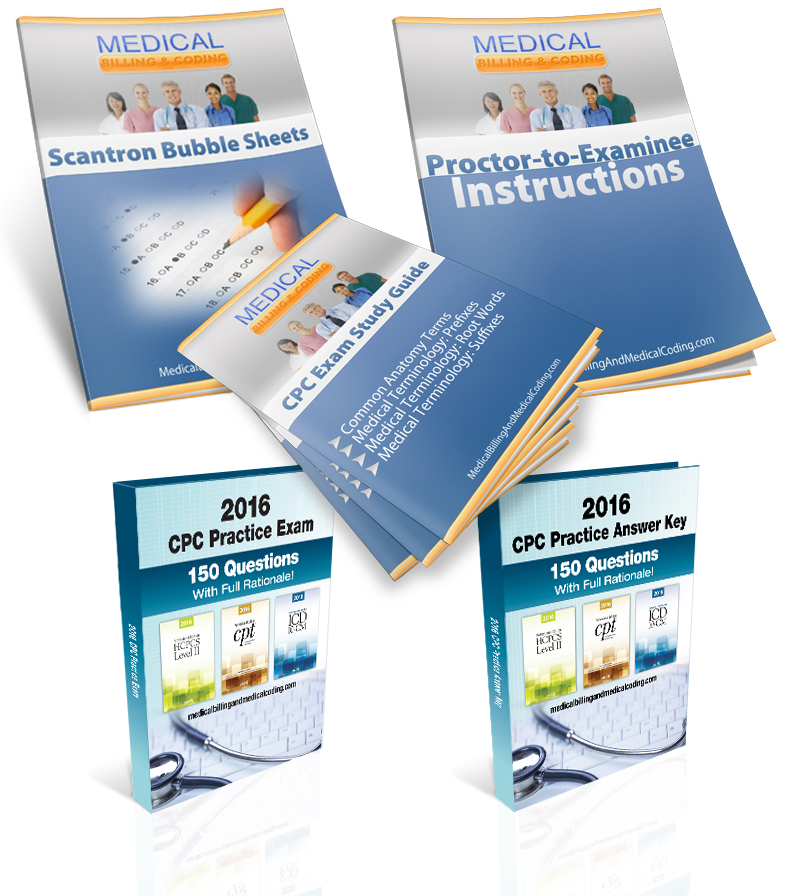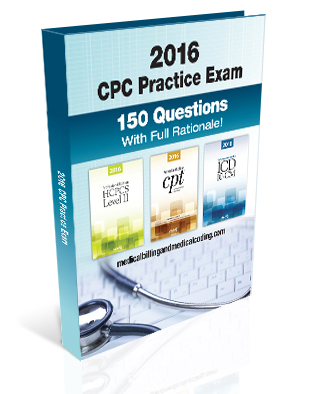Procedure(s):
INCISION AND DRAINAGE SOFT TISSUE ABSCESS LEFT ABDOMINAL GROIN Procedure Note
Pre-op Diagnosis: Cutaneous abscess, unspecified site [L02.91]
Post-op Diagnosis: SAME
CPT Code: Procedure: INCISION AND DRAINAGE SOFT TISSUE ABSCESS LEFT ABDOMINAL GROIN
ICD-10 : Post-Op Diagnosis Codes:
* Cutaneous abscess, unspecified site [L02.91]
Findings: He has our transverse 2 cm incision above the left pubic tubercle somewhat moist with drops of bloodstained pus. There is marked regional swelling but only soft fluctuance lateralmost, about 7 cm away. Once prepped we introduced a needle and withdraw bloodstained pus and make our incision there, transversely to include the previous incision. This is dissected more deep lateral and cephalad lateral that we create a counterincision, a vertical extension of about 3 cm 4/5 the upper flap early. Once pulse irrigated with a liter of saline and clean, we take a swath of inferior indurated tissue for pathology, complete hemostasis and hemostatically firmly packed with a Betadine soaked Kerlix about 6 inches and the rest folded over dry as a dressing. In the surrounding tissue we had infiltrated 30 mL 0.5% Marcaine with epinephrine as a regional block, including near the ASIS.
Description of Procedure: In the supine position with appropriate monitoring he has remained on IV antibiotics, provided general anesthetic. The left lower abdomen has previously been shaved, now prepped with chlorhexidine and draped. The needle was introduced laterally with findings as presented above, cutting mode cautery extends the incision about 7 cm from the existing transverse incision, laterally. This is been to about a centimeter and a half to a fluid collection laterally which is evacuated, it dissects more laterally about 2 cm in deeply, and then cephalad about 3 cm. Once all these chambers are connected with cautery, we used pulse irrigation until clean, complete hemostasis and packed with Betadine. We have infiltrated regionally with Marcaine with epinephrine. Once dressings are applied he is awakened and extubated, transported to PACU.
Final dimensions of the recess are 9 cm transversely, about a centimeter craniocaudad, and about 3 cm deep with undermining 3 cm upper and upper lateral.




